An Introduction to Hyperscale Edge Computing
As technology advances, so do the challenges of keeping up with the ever-changing landscape. One of the most significant advancements in this space is the emergence of hyper-scale edge computing. But what is edge computing or hyper-scale edge computing, and how exactly does it differ from cloud computing? Let’s explore the basics of hyper-scale edge computing, its benefits, and the trends that are shaping the future of this technology.
What is Edge Computing?
At its core, edge computing aims to process the vast amount of data produced or consumed by people and devices as close to the data sources (either on the device itself or at the network edge) as possible. This explains what is edge computing basics. Hyperscale edge computing solutions address numerous infrastructure challenges that arise from traditional computing models, such as excess latency, bandwidth limitations, and network congestion. The future of hyperscale edge computing promises even greater efficiency and scalability. Additionally, the cost benefits of hyperscale edge computing include reduced operational expenses and improved resource utilization.
The main goal of Edge Computing technology is to handle the massive amounts of data generated or consumed by people and devices as close to the data resources as feasible (either on the device itself or the network edge). With this basis, edge computing addresses several infrastructure issues, including excessive latency, bandwidth restrictions, and network congestion caused by the old computer approach.
Now, Hyperscale Edge Computing refers to deploying large-scale computing resources, such as servers and storage, at the edge of a network, closer to end users and devices. This allows for faster processing of data, reduced latency, and improved performance for applications that require real-time processing or low-latency communication. It is often used in manufacturing, transportation, media, and entertainment industries, where data needs to be processed quickly and locally.
Benefits of Hyperscale Edge Computing
There are many benefits of using Cloud computing vs Edge Computing but here are just a few of the major ones:
Increased Performance: It provides a more efficient computing experience due to its decentralized nature. Processing data at the data center or the point of origin eliminates the need to send data back and forth between a centralized server and the user’s device, resulting in faster response times and improved performance.
Improved Scalability: Hyperscale Edge Computing is highly scalable, allowing companies to expand their computing resources as needed. This makes it ideal for companies looking to scale their operations rapidly.
Reduced Costs: By leveraging edge computing, companies can reduce their reliance on costly data centers, resulting in significant cost savings.
Improved Security: By processing data at the point of origin, Hyperscale Edge Computing offers enhanced security compared to traditional cloud computing. Data is not stored in a centralized server, making it more difficult for malicious actors to access it.
Hyperscale Edge Computing vs. Cloud Computing
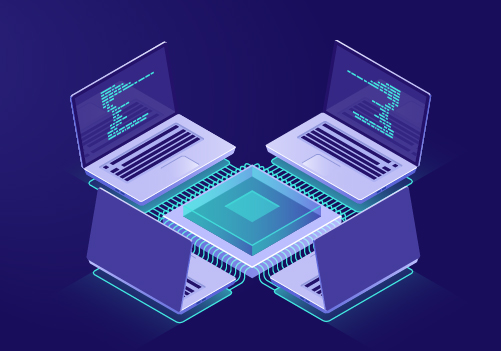
Hyperscale Edge Computing and Cloud Computing are both forms of distributed computing that use a network of remote servers to store, manage, and process data.
Here are some key differences between them:
Location: Cloud Computing typically uses centralized data centers far from the end-users and devices accessing the data. Hyperscale Edge Computing involves deploying large-scale computing resources at the edge of a network, closer to the end-users and devices.
Latency: Because Hyperscale Edge Computing is closer to the end-users and devices, it can offer lower latency and faster processing times compared to Cloud Computing. This is particularly important for applications that require real-time processing or low-latency communication.
Scale: Hyperscale Edge Computing typically involves the deployment of smaller clusters of servers and storage, whereas Cloud Computing often involves using large data centers with thousands of servers.
Cost: The cost of Hyperscale Edge Computing can be higher than Cloud Computing because it requires more investment in hardware and infrastructure.
Use Case: Cloud computing is more suited for applications that require a large number of resources, data analytics, and machine learning. On the other hand, Hyperscale Edge Computing is more suited for applications that require low latency and real-time processing, such as IoT, VR/AR, and 5G.
In summary, while both Hyperscale Edge and Cloud Computing are forms of distributed computing, they both have different use cases, and the choice between the two would depend on the application’s specific requirements or workload.
Hyperscale Edge Computing Trends
As the popularity of Hyperscale Edge Computing grows, several trends are shaping this technology’s future.
One of the significant trends is the integration of Artificial Intelligence (AI). AI can be used to improve the efficiency of edge computing and make it simpler to use. For example, AI can automate the process of managing an edge computing infrastructure, resulting in improved performance and cost savings.
Another trend is the increased focus on security. Edge computing provides improved security compared to cloud computing, but there is still a need to ensure that data is secure. Companies are investing in solutions that can help protect data and ensure its security.
Finally, companies are leveraging Hyperscale Edge Computing to reduce their reliance on traditional data center. By utilizing edge computing, companies can reduce their dependence on costly data centers while gaining access to the computational power they need.
Why Edge Computing?
Edge computing technology is transforming how data is processed by bringing computation closer to the data source, reducing latency, and improving response times. The edge computing architecture is designed to handle data locally rather than relying on centralized cloud servers, which is crucial for real-time applications like IoT and autonomous systems. This architecture not only enhances performance but also boosts edge computing security by minimizing data transmission across networks, reducing the risk of breaches. One of the key benefits of edge computing is its ability to process and analyze data instantly, which is vital for industries requiring rapid decision-making and minimal downtime. Additionally, by offloading tasks to the edge, businesses can reduce bandwidth costs and improve overall network efficiency. Edge computing is essential for modern businesses looking to enhance their IT infrastructure’s speed, security, and scalability.
Benefits of Hyperscale Edge Computing
Hyperscale edge computing combines edge computing basics with the vast infrastructure of cloud data centers to deliver powerful, scalable resources closer to end-users. Unlike traditional cloud vs. edge computing models, which often require centralized data storage and processing, hyperscale edge computing reduces latency by processing data locally at the network edge. This edge computing technology enables faster data transmission and real-time analytics, ideal for applications like IoT, 5G, and AI. By distributing workloads across both cloud and edge environments, hyperscale edge computing also optimizes bandwidth and enhances data privacy. This dual model supports a scalable, flexible infrastructure capable of handling massive data volumes while minimizing latency, making it essential for industries requiring rapid, reliable data processing at scale.
Conclusion
Edge computing technology is an emerging technology that offers several benefits, including increased performance, improved scalability, reduced costs, and improved security. It is becoming increasingly popular due to its ability to process data quickly and securely.
Protected Harbor offers a range of services and products designed to help organizations take full advantage of the benefits of edge computing. Our solutions are tailored to meet each customer’s unique needs and are built on the latest technologies and industry best practices.
Our team of experts has extensive experience in deploying and managing edge computing solutions for a wide range of industries, including manufacturing, transportation, education, and healthcare. We are dedicated to providing our customers with the highest service and support and are committed to helping them achieve their business goals.
If you’re looking to take advantage of the protected data center and the many benefits of edge computing, contact us today to learn more about our solutions and how we can help you. Whether you’re looking to improve performance, reduce latency, or gain a competitive edge, we have the expertise and experience to help you achieve your goals.
Let’s work together to unlock your data and business’s full potential.
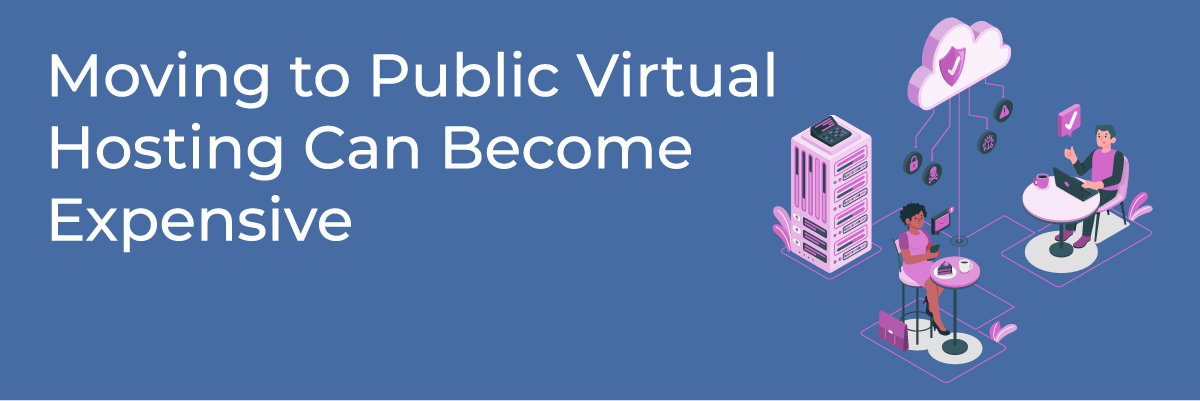
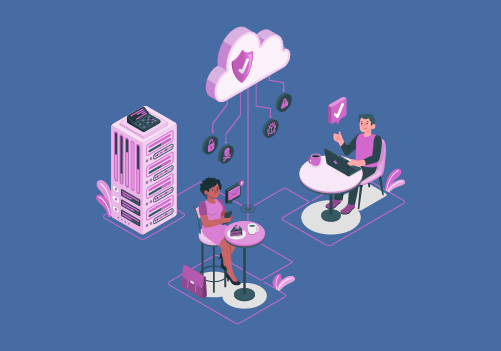




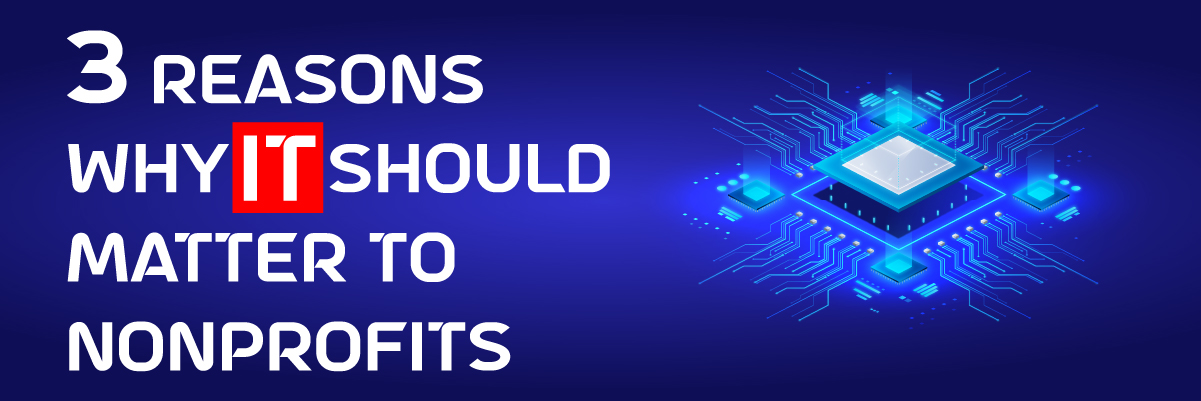
 Increased Efficiency
Increased Efficiency
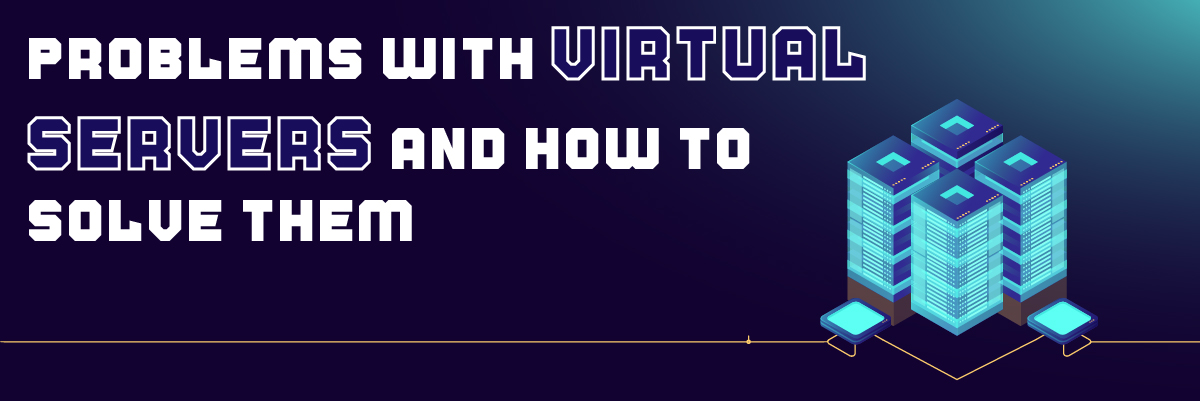
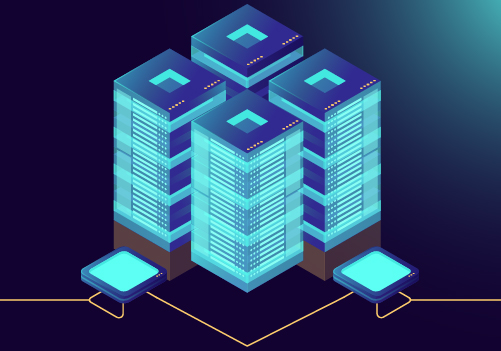 Virtual Server Management Best Practices
Virtual Server Management Best Practices
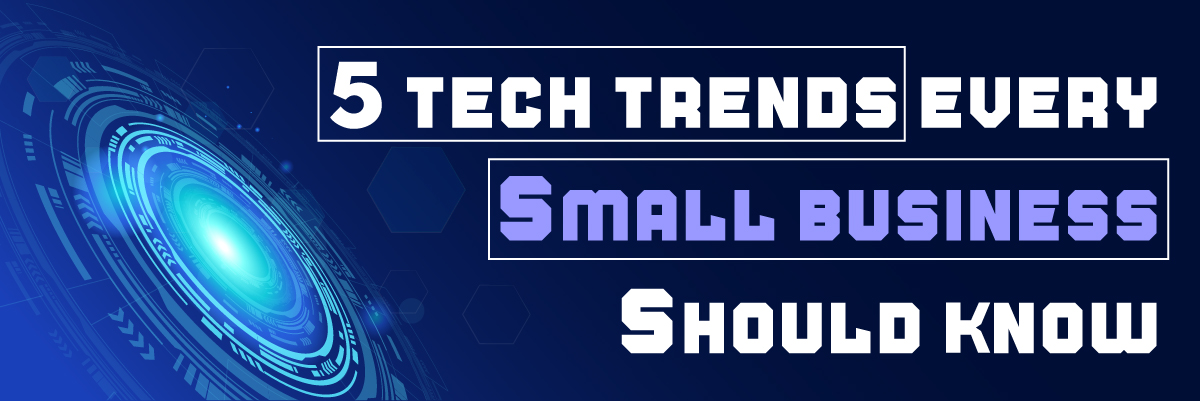

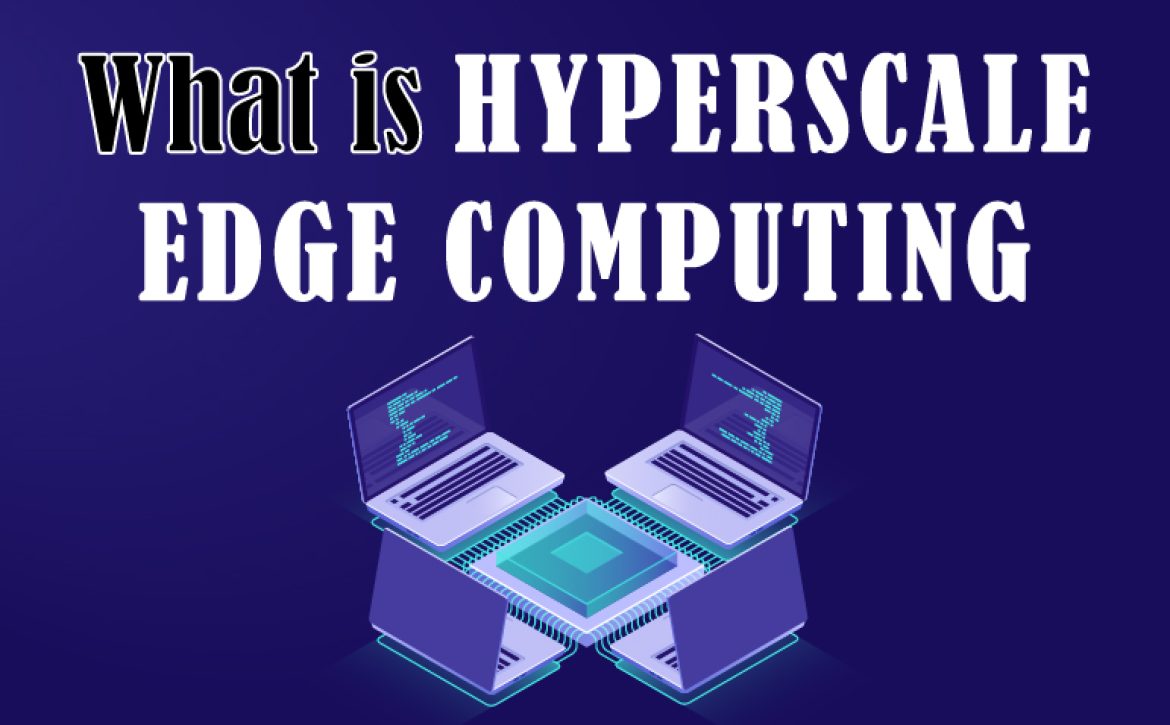
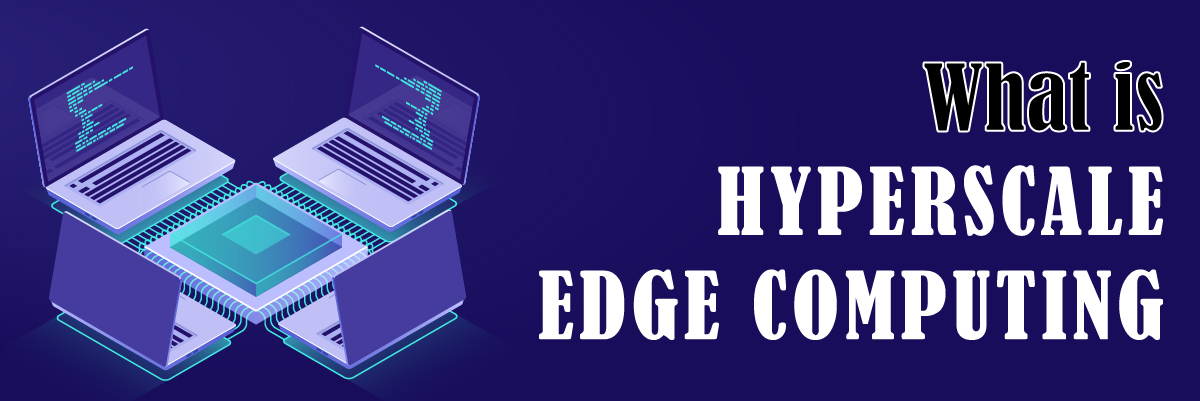



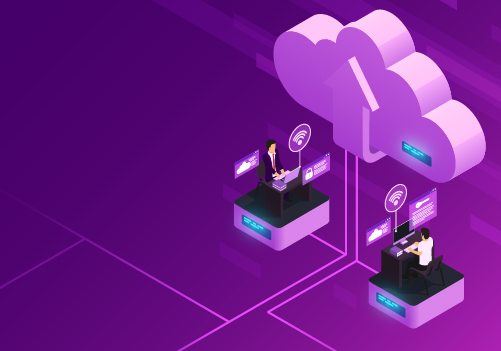

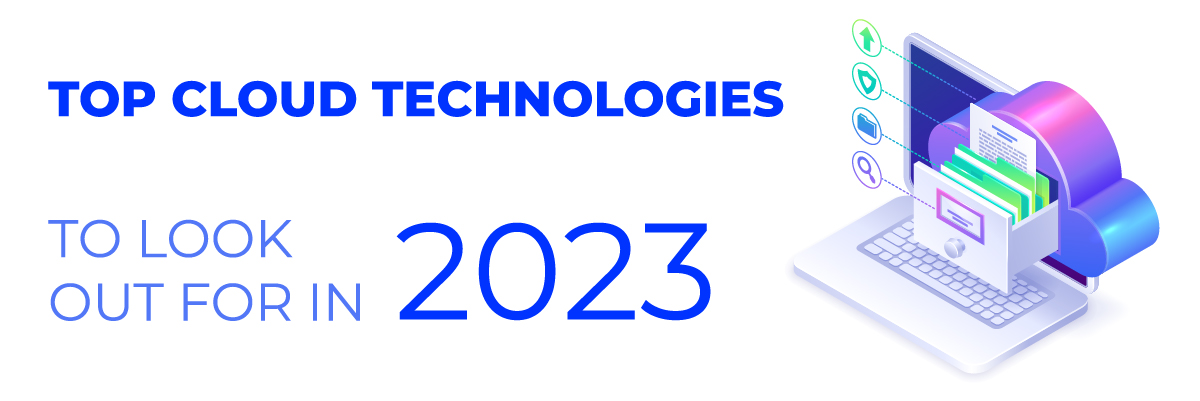
 Artificial Intelligence and Machine Learning Integration
Artificial Intelligence and Machine Learning Integration
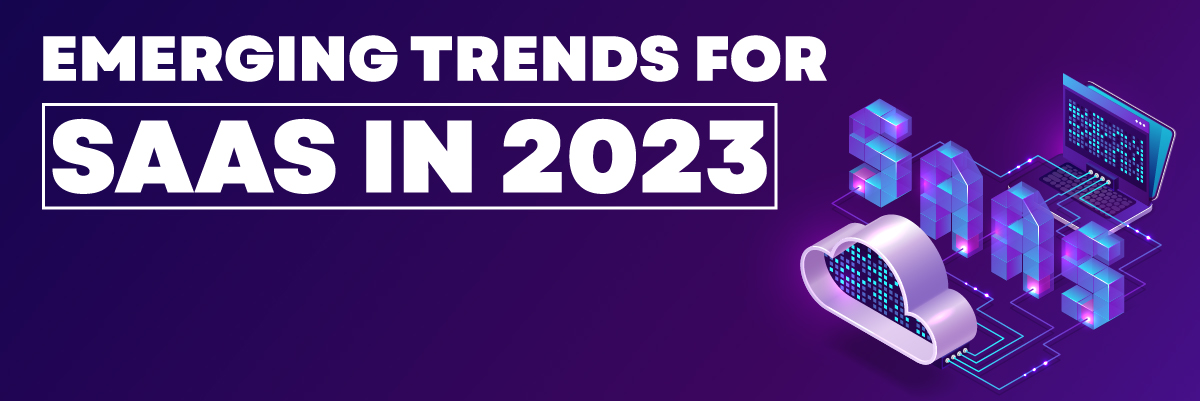
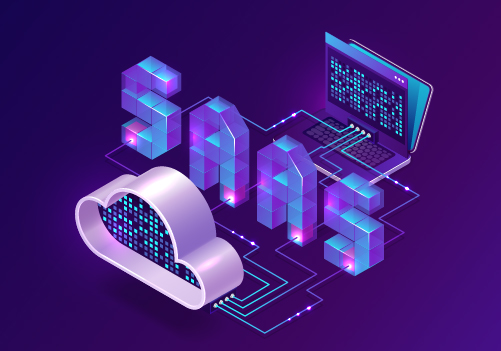

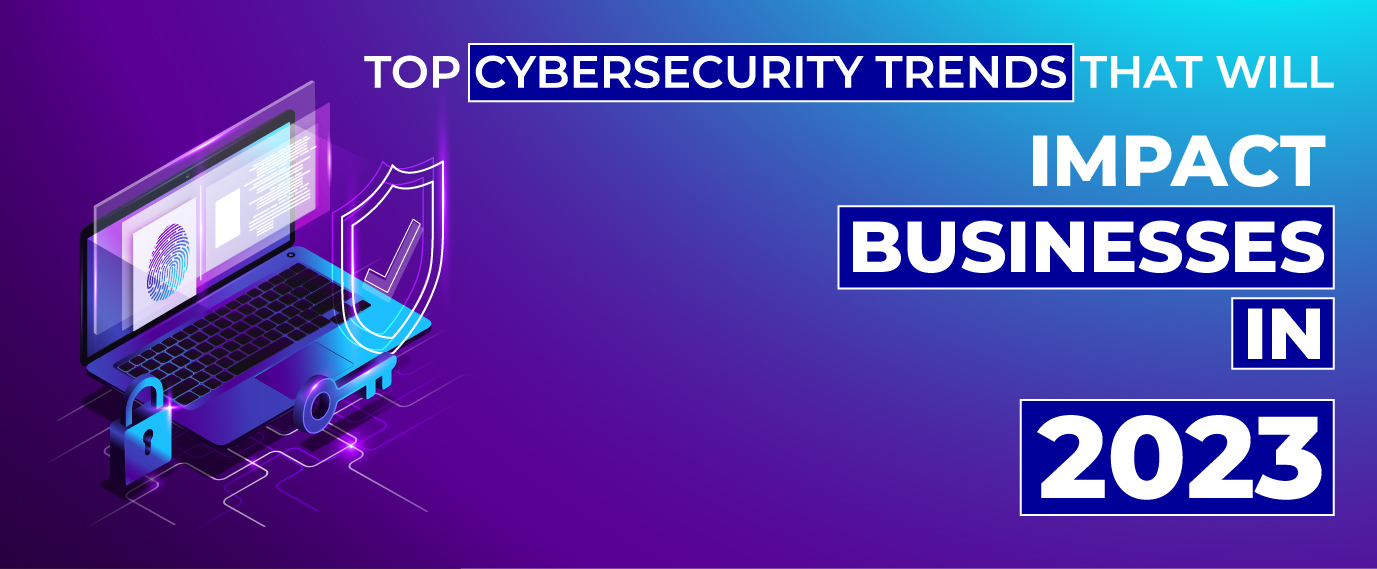
 Cloud Computing Security Trends
Cloud Computing Security Trends
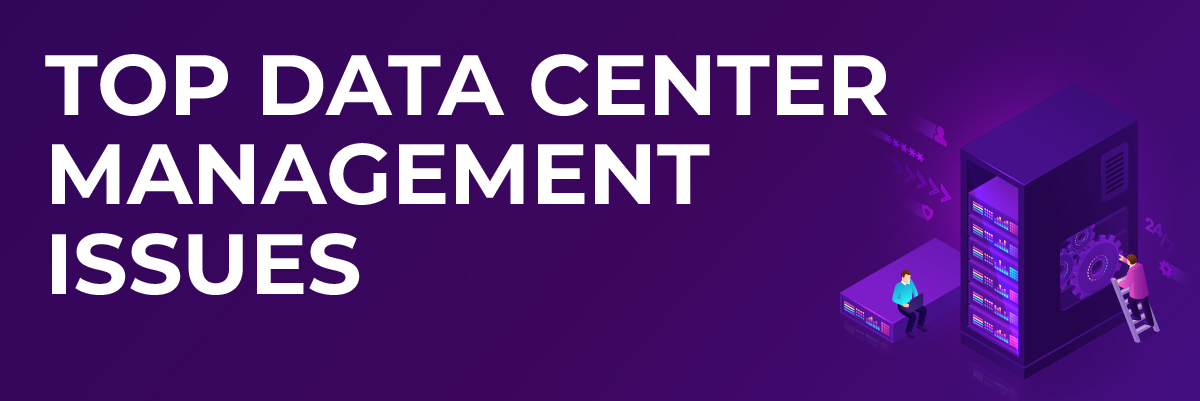
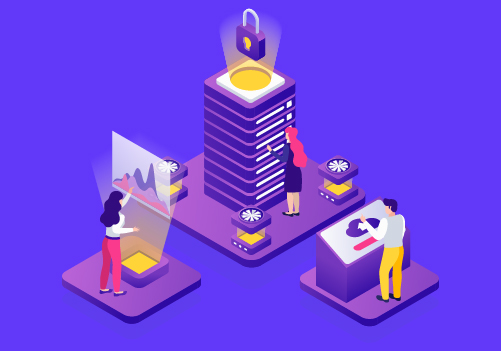 Challenges of Data Center Management
Challenges of Data Center Management